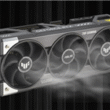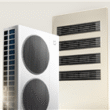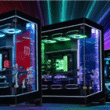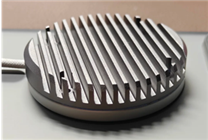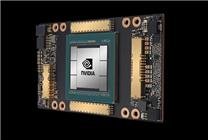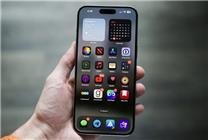Understanding The New iPhone 17’s Charging Powers: Domestic vs. International Differences
Summary
- The iPhone 17 reveals significant differences in wireless charging capabilities between domestic and international models, with a notable disparity in MagSafe power.
- Domestic versions support only 15W charging, while international variants can achieve 25W, attributed to certification standards and market regulations.
- As advancements like the Qi2 25W standard evolve, the wireless charging landscape may undergo transformative changes, benefiting users and manufacturers alike.
Apple’s latest iPhone 17 launch has stirred excitement among tech enthusiasts, but one detail stands out—significant differences in charging capabilities between the Chinese and international versions. While the international iPhone 17 supports 25W wireless charging through MagSafe technology, the Chinese model is limited to just 15W. This discrepancy raises questions about the underlying reasons for such a divide.
The Charging Power Discrepancy
During a recent press conference, a keen tech observer discovered that the international variations of the iPhone 17 benefit from advanced wireless charging capabilities thanks to "Qi2 25W certification." In contrast, the domestic model merely advertises "Qi charging compatibility." This illustrates a broader trend in the wireless charging market, where global standards and regulations can dictate the technical specifications of devices.
The Emergence of Qi2 Standards
The Wireless Power Consortium (WPC) introduced the Qi2 wireless charging standard earlier this year, which supports a maximum output of 25W. This was followed by the release of the Qi2.1 variant in July, rebranding the earlier specification to enhance marketing appeal while maintaining its underlying technology. As manufacturers race to develop compatible accessories, companies like Anker are already in the process of achieving Qi2 25W certification.
Additionally, Google’s Pixel 10 Pro XL also supports the Qi2 25W standard, showcasing the growing acceptance of advanced wireless charging technologies in high-end smartphones.
Thermal Management and Performance Issues
Despite the advancements in wireless charging, concerns linger regarding heating during the charging process. Domestic manufacturers often emphasize the practicality of charging speeds while incorporating effective thermal management systems to prevent overheating. As seen in devices like Google’s Pixel 10, the potential benefits of 25W charging must be balanced against heat dissipation requirements.
Notably, the new Qi2.2 standard includes upgraded thermal management features designed to optimize performance across a variety of scenarios. This ensures more efficient power control, allowing devices to maintain optimal temperatures even under high charging loads.
Regulatory Challenges Ahead
However, manufacturers face unique regulatory challenges within the Chinese market. Recent government regulations have limited the operational frequency range of wireless chargers, complicating the introduction of innovative technologies like the 25W charging capability. The operational frequency utilized by both Qi2.2 and Apple’s MagSafe products falls outside these new regulations, leading to the current limitations on domestic devices.
Domestic manufacturers are hesitant to incorporate these advanced wireless charging capabilities, largely due to regulatory constraints and the associated costs of certification. This has raised widespread concerns about the future of wireless charging standards in China.
The Need for Unified Standards
Tony’s analysis highlights a significant question: Should there be a universal wireless charging protocol? The existence of such standards could streamline compatibility across different brands and devices, mitigating user inconveniences. Currently, Apple’s reluctance to adopt the Qi2 25W standard may stem from its proprietary ecosystem; however, adopting a universal standard could foster healthy competition and innovation in the market.
Consumer Implications
The potential benefits of a unified charging standard are immense for consumers. It could reduce the number of chargers users need, eliminate compatibility issues, and enhance overall user satisfaction. As the industry navigates these regulatory hurdles, future advancements in wireless charging could redefine consumer expectations and elevate the user experience.
Conclusion
While the discrepancies in the iPhone 17’s charging capabilities between domestic and international versions may initially seem concerning, they reflect complex regulatory environments and evolving market standards. As the industry pushes towards a more universal wireless charging protocol, consumers can remain hopeful for improved compatibility, faster charging speeds, and enhanced product performance in the future.
In the quest for better technology, avoiding challenges will only hinder progress. It’s vital for manufacturers, regulatory bodies, and consumers to work toward a common goal—enhancing the user experience through innovation. The future of wireless charging is promising, and with collaborative efforts, we can look forward to a more unified and efficient charging ecosystem.


